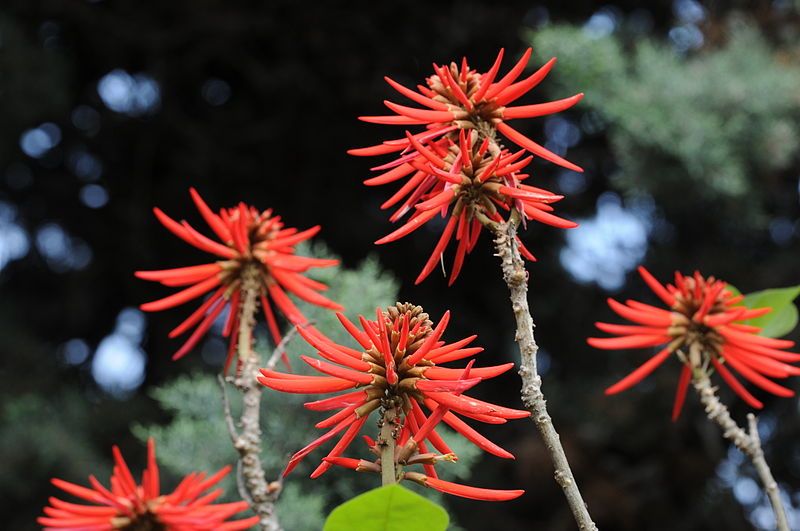The Beauty of Naked Coral Tree Flower, or Gasparin
Discover the beauty and significance of the Erythrina coralloides, also known as the gasparin or naked coral tree flower. Learn about its features, cultural importance, ecological role, and conservation efforts in this informative article.





